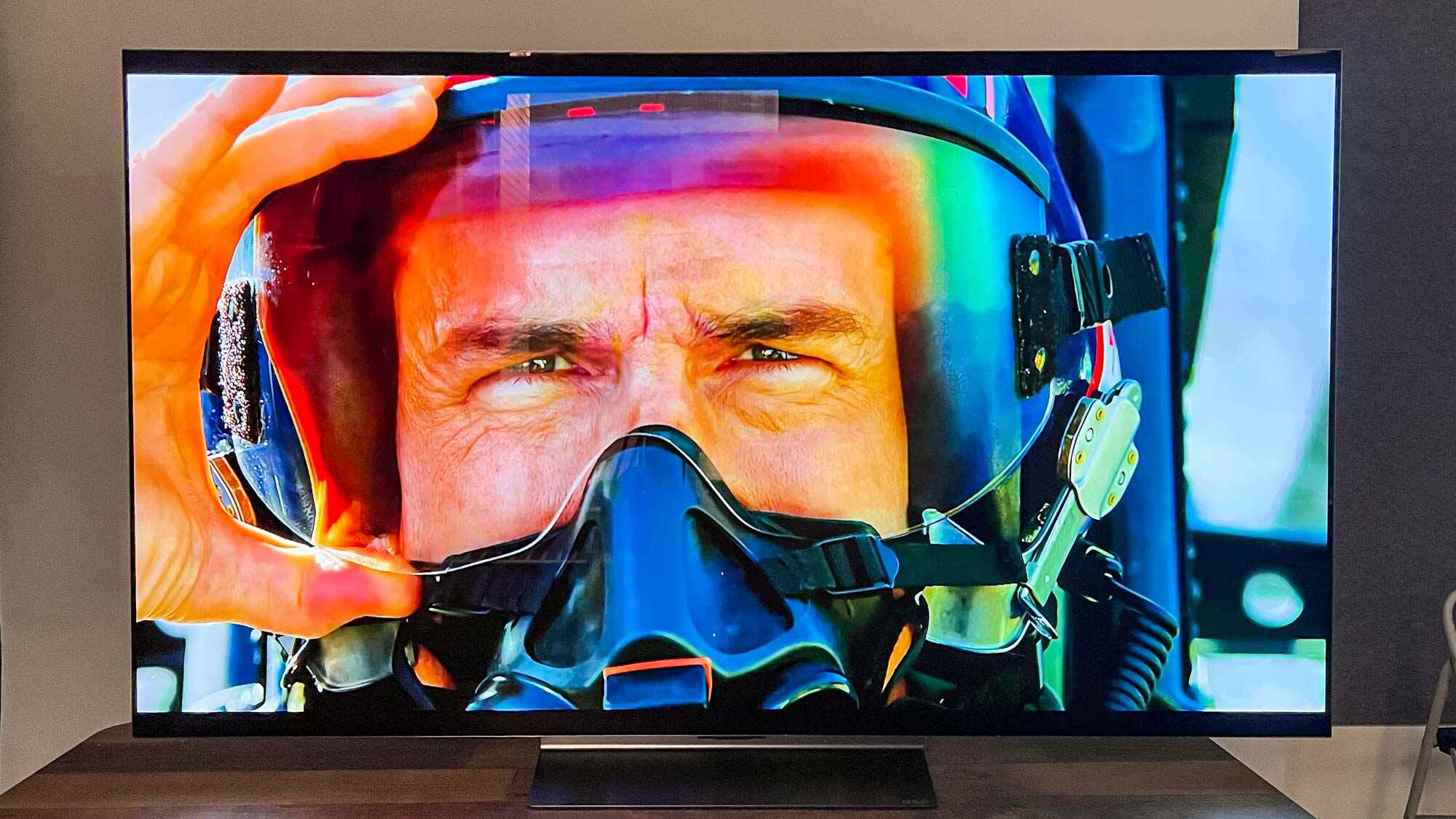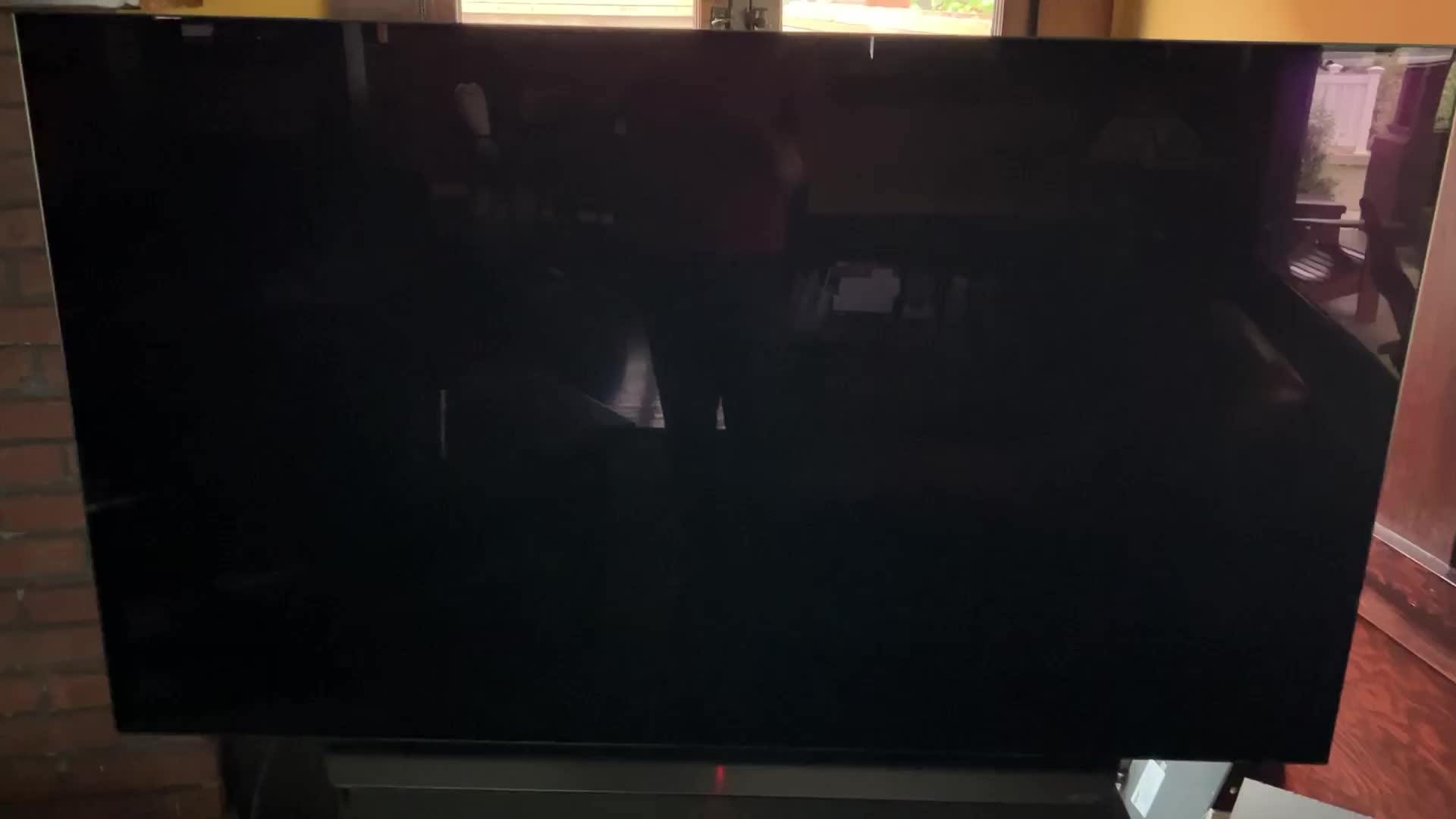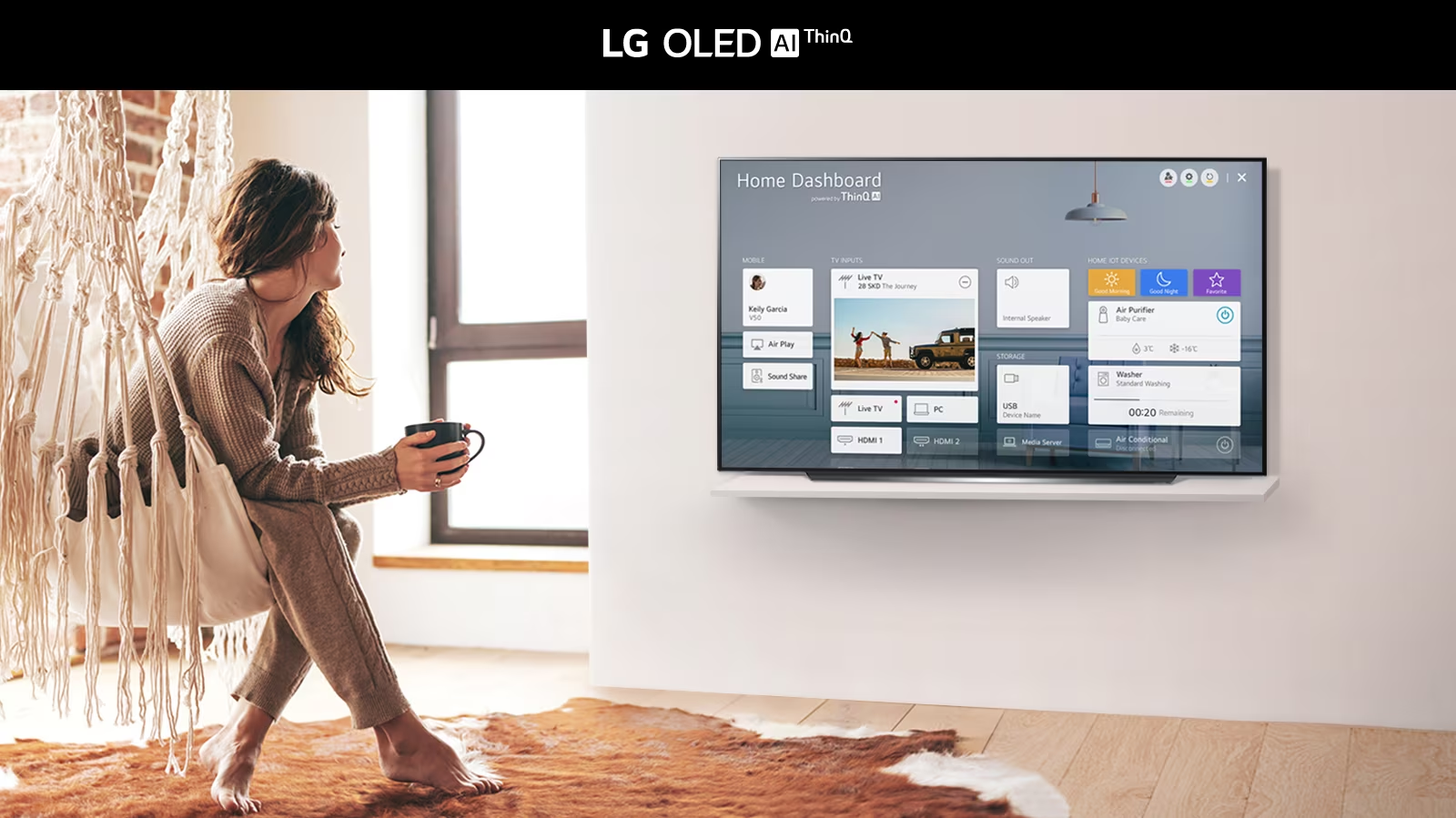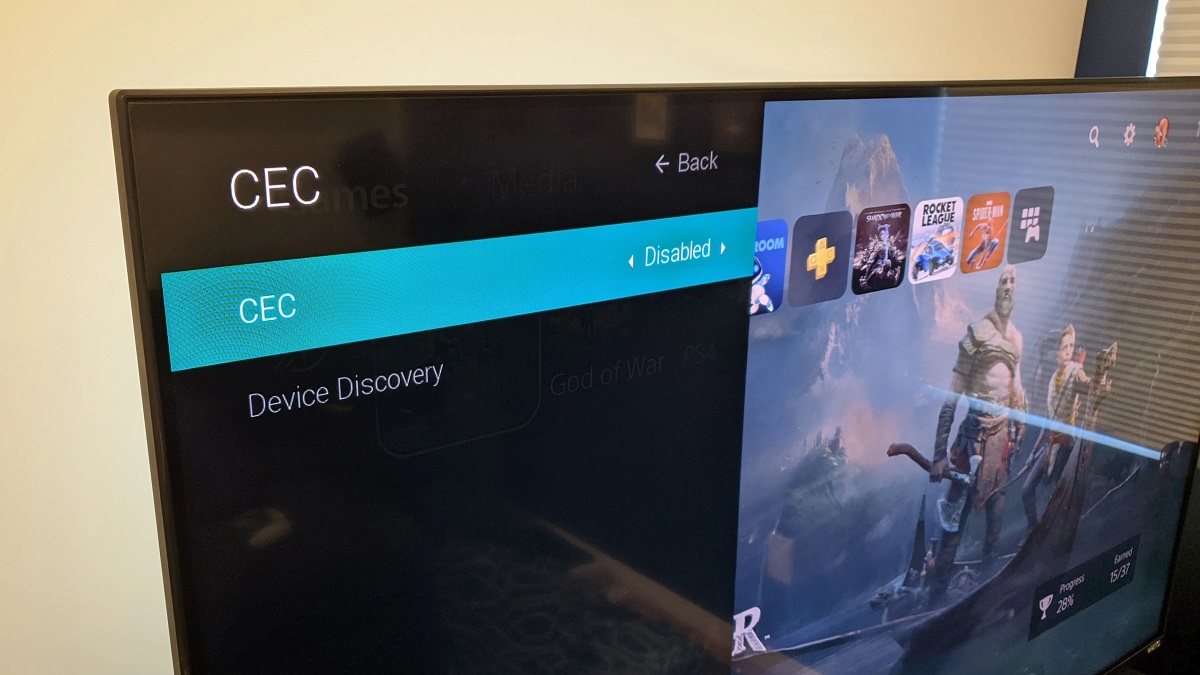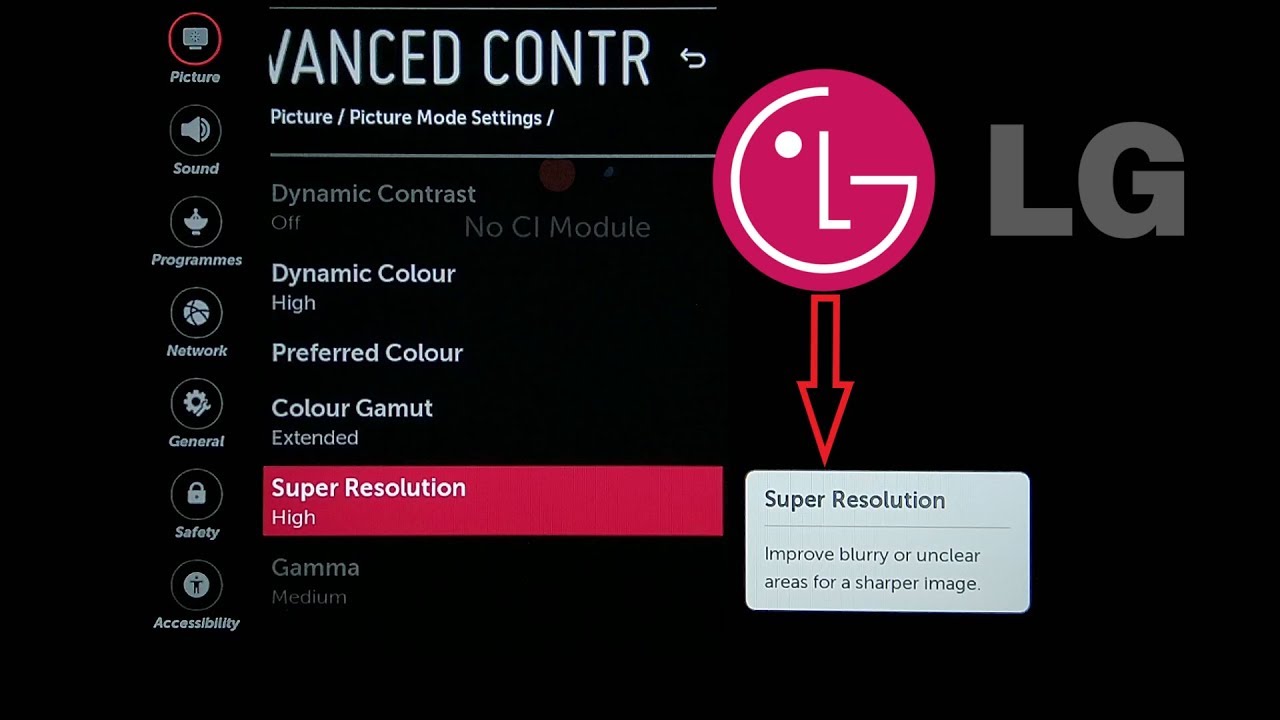Introduction
Welcome to this step-by-step guide on how to install firmware on your LG OLED TV. Firmware updates are essential for ensuring that your TV runs smoothly and efficiently, as they can fix bugs, enhance performance, and even introduce new features. By keeping your TV’s firmware up to date, you can enjoy an optimized viewing experience with improved picture quality, sound, and overall functionality.
Upgrading the firmware on your LG OLED TV is a simple process that can be done at home without the need for any technical expertise. In this guide, we will walk you through each step, from checking for firmware updates to installing them on your TV. So, let’s get started!
Before we dive into the process, it’s important to note that firmware updates may vary depending on the specific model and year of your LG OLED TV. However, the general steps outlined in this guide should apply to most LG OLED TV models.
Now that we have a general overview, let’s proceed to the first step: checking for firmware updates.
Step 1: Check for Firmware Updates
The first step in installing firmware on your LG OLED TV is to check for any available updates. LG regularly releases firmware updates to optimize the performance of their TVs and address any issues that may arise.
To check for firmware updates, follow these simple steps:
- Turn on your LG OLED TV and navigate to the settings menu. You can usually access the settings menu by pressing the “Home” button on your remote control and selecting the gear or settings icon.
- In the settings menu, look for an option called “Support” or “Software Update.” This option may be located under a different category depending on your TV model.
- Select the “Support” or “Software Update” option. Your TV will then connect to the internet to check for any available updates.
- If a firmware update is available, you will be prompted to download and install it. Follow the on-screen instructions to proceed with the update. Make sure your TV is connected to the internet during the update process.
- If no update is available, your TV is already up to date with the latest firmware.
It is recommended to always keep your TV firmware up to date to ensure optimal performance and access to the latest features. Firmware updates can address issues such as compatibility with new streaming services, improved picture quality, audio enhancements, and overall stability improvements.
Now that you’ve checked for firmware updates, let’s move on to the next step: downloading the firmware.
Step 2: Download the Firmware
After checking for firmware updates on your LG OLED TV, the next step is to download the firmware onto your computer. The firmware file contains the necessary software updates that will be later installed on your TV.
To download the firmware, follow these steps:
- Visit the official LG website using a web browser on your computer. Go to the support or firmware section of the website.
- Search for your specific LG OLED TV model. You may need to enter the model number or select your TV model from a list.
- Once you have located your TV model, you will find a list of available firmware updates. Carefully read the descriptions and select the latest firmware update compatible with your TV model.
- Download the firmware file to your computer. Make sure to save it in a location that is easily accessible, such as your desktop or a dedicated folder.
It is crucial to download the correct firmware for your specific TV model. Using the wrong firmware file can cause compatibility issues and may even damage your TV. Double-check the model number of your TV before downloading the firmware.
Now that you have downloaded the firmware file, let’s proceed to the next step: transferring the firmware to a USB drive.
Step 3: Transfer the Firmware to a USB Drive
Once you have downloaded the firmware file for your LG OLED TV, the next step is to transfer it to a USB drive. The USB drive will act as the medium through which you will install the firmware on your TV.
Follow these steps to transfer the firmware to a USB drive:
- Insert a USB drive into your computer. Make sure the USB drive is empty or doesn’t contain any important data, as it will be formatted during the process.
- Locate the firmware file that you downloaded in the previous step.
- Right-click on the firmware file and select the “Copy” option from the context menu.
- Open the file explorer on your computer and navigate to the USB drive.
- Right-click in an empty space on the USB drive and select the “Paste” option from the context menu.
- The firmware file will be copied to the USB drive. Wait for the copying process to complete.
- Once the firmware file is successfully transferred to the USB drive, safely eject the USB drive from your computer.
It is important to note that the USB drive needs to be formatted in the FAT32 file system for compatibility with your LG OLED TV. If your USB drive is formatted in a different file system, you may need to format it to FAT32 before transferring the firmware file.
Now that you have transferred the firmware to a USB drive, you are ready to proceed to the next step: connecting the USB drive to the TV.
Step 4: Connect the USB Drive to the TV
With the firmware file successfully transferred to a USB drive, it’s time to connect the USB drive to your LG OLED TV. This step is crucial as it allows the TV to recognize and access the firmware file for installation.
Follow these steps to connect the USB drive to your TV:
- Turn off your LG OLED TV.
- Locate the USB port on your TV. The USB port is usually located on the back or side panel of the TV.
- Take the USB drive that contains the firmware file and insert it into the USB port of the TV.
- Ensure that the USB drive is firmly inserted into the USB port.
It’s important to note that you should only connect one USB drive to your TV during the firmware installation process. Disconnect any other USB devices or external drives to avoid any confusion.
Now that the USB drive is connected to your TV, you are ready to move on to the next step: installing the firmware.
Step 5: Install the Firmware
With the USB drive connected to your LG OLED TV, it’s time to proceed with the installation of the firmware. Installing the firmware will update the software on your TV and ensure that it runs smoothly with the latest enhancements and bug fixes.
Follow these steps to install the firmware on your LG OLED TV:
- Turn on your LG OLED TV.
- Navigate to the settings menu by pressing the “Home” button on your remote control and selecting the gear or settings icon.
- In the settings menu, look for the “Support” or “Software Update” option. Select this option to access the firmware update menu.
- In the firmware update menu, select the “Update Now” or similar option to begin the installation process.
- Your TV will detect the firmware file on the USB drive and display it on the screen. Select the firmware file and confirm your selection to start the installation.
- Follow the on-screen prompts and instructions to proceed with the installation. The installation process may take a few minutes, so be patient and do not turn off or unplug your TV during this time.
- Once the installation is complete, your LG OLED TV will restart automatically.
It is important to note that during the installation process, your TV may display a progress bar or other indicators to show the status of the installation. Do not interrupt the process until the installation is fully completed and the TV restarts.
Now that you have installed the firmware on your LG OLED TV, let’s move on to the final step: restarting the TV.
Step 6: Restart the TV
After successfully installing the firmware on your LG OLED TV, it’s important to restart the TV to ensure that the firmware changes take effect properly. Restarting the TV will refresh the system and allow the newly installed firmware to initialize correctly.
Follow these steps to restart your LG OLED TV:
- Press the power button on your remote control or the TV panel to turn off your LG OLED TV.
- Wait for a few seconds to ensure that the TV fully powers down.
- Once the TV is powered off, press the power button again to turn it back on.
- Your LG OLED TV will start up with the updated firmware and you can verify the successful installation by checking the firmware version in the settings menu.
It’s important to note that restarting your TV will not only allow the firmware changes to take effect but will also ensure that any other system settings and optimizations are properly applied. It’s a good practice to restart your TV periodically to keep it running smoothly.
Congratulations! You have successfully installed the latest firmware on your LG OLED TV. Your TV is now updated and ready to deliver an enhanced viewing experience with improved performance and functionality.
If you encounter any issues or have any questions regarding the firmware installation process, refer to the LG support website or contact their customer support for further assistance.
Thank you for following this step-by-step guide. We hope it has been helpful in keeping your LG OLED TV up to date with the latest firmware. Enjoy your optimized viewing experience!
Conclusion
Updating the firmware on your LG OLED TV is a simple yet important process that can greatly enhance your viewing experience. By following the steps outlined in this guide, you can ensure that your TV is equipped with the latest software updates, bug fixes, and performance enhancements.
We started by checking for firmware updates on the TV itself, ensuring that we have access to the latest firmware releases. Then, we proceeded to download the firmware file from the official LG website and transferred it to a USB drive. Connecting the USB drive to the TV allowed us to install the firmware, updating the software and improving the overall functionality of the TV.
After completing the installation, it was crucial to restart the TV to activate the firmware changes. Restarting the TV ensured a smooth transition and allowed the new firmware to initialize properly. With the updated firmware installed and the TV restarted, you can now enjoy an optimized viewing experience on your LG OLED TV.
Remember to periodically check for firmware updates and repeat the process to keep your TV up to date. Firmware updates not only introduce new features but also address any performance issues or bugs that may arise.
Should you encounter any difficulties or have questions during the firmware installation process, don’t hesitate to refer to the LG support website or contact their customer support for further assistance.
Thank you for following this guide on how to install firmware on your LG OLED TV. By staying up to date with firmware updates, you can ensure that your TV performs at its best and provides you with the ultimate viewing experience.










